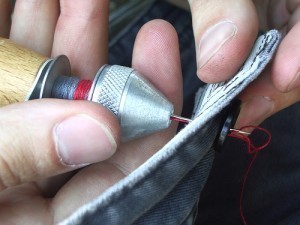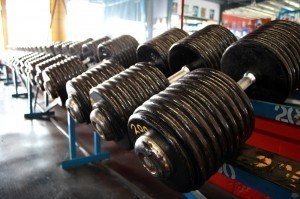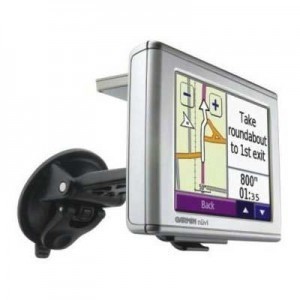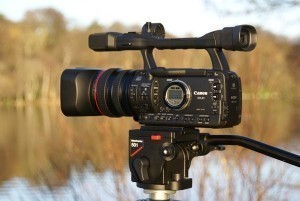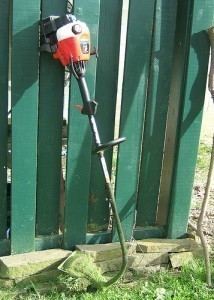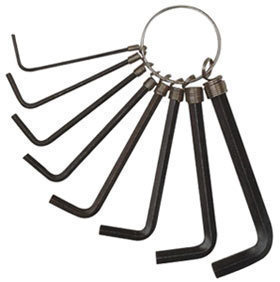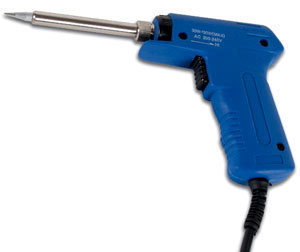A stitching awl is an essential tool used in sewing leather materials as well as canvas materials. It comes with a special type of needle that is designed to penetrate tougher materials such as the ones previously mentioned.
You can use this to puncture holes as well as make existing holes bigger. This is widely used by shoemakers as well as other professionals working with leather. Using this is fairly easy – much like using your regular sewing needles except that the sharp tip you use to puncture holes is the one with the hole or “eye” in it.
What is the Size of a Stitching Awl?
A stitching awl basically comes in two sizes. One is approximately six and three-quarter inches in length or about 17.145 centimeters. The other one is roughly about four and three-quarter inches in length. This is approximately 12.065 centimeters long.
The special type of needles that are widely used also comes in two sizes. These are needles that are sized 8, for your heavy duty stitching needs, and 5 for a finer needle point.
Both the stitching awl tool as well as the replacement needles can be easily bought through the internet via some of the most popular shopping sites online.
The physical appearance of a stitching awl can be likened to your regular ice pick. One end of the stitching awl holds the needle in place while the other end is the handle, usually a wooden handle made out like the shape of an ice pick handle.
What Type of Thread is Ideal for a Stitching Awl?
A heavy kind of thread is recommended for a stitching awl. Since you will be working on leather or canvas materials, you will need the appropriate thickness and durability for your thread in order to secure your stitches properly.
You can find waxed threads in different colors and materials including nylon and artificial sinew. Wax used for these threads are usually beeswax.
When purchasing your thread, it is important to note the breaking point of the thread so you will know if it has the right strength for whatever you are working on.
Breaking points are usually indicated in pounds such as 35-pound breaking point, 25-pound breaking point and so on. You should also check the number of strands the thread has. There are threads that are made from a combination of two strands and others, three strands.
As for the colors, these can be anywhere from natural hues to black, white or brown; among many others.
